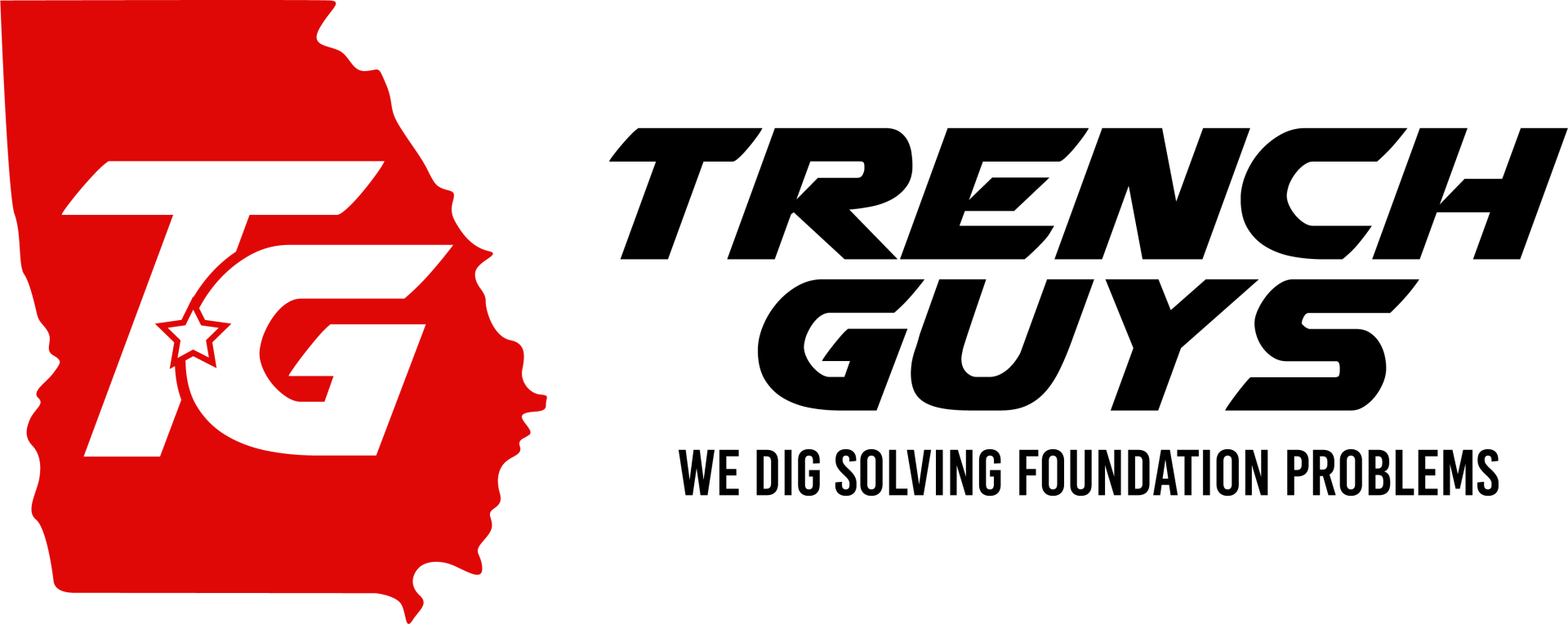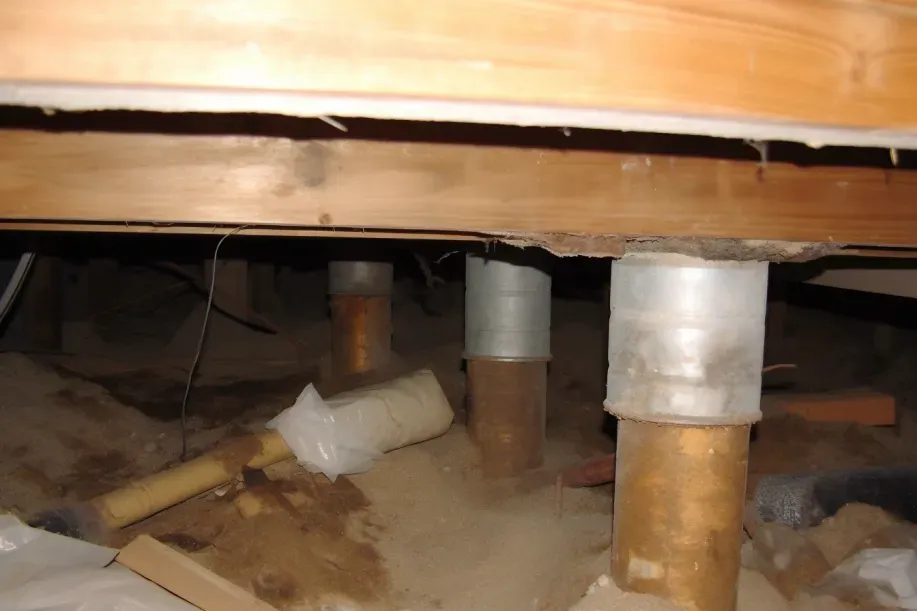Welcome to our comprehensive guide on crawl space restoration, a critical yet often neglected aspect of home maintenance. The crawl space, though hidden, plays a pivotal role in the overall health and stability of your home. In this blog, we will explore the importance of restoring and maintaining your crawl space, along with an overview of common issues that homeowners frequently encounter.
Restoring your crawl space is not just about fixing immediate problems; it's about safeguarding the foundation of your home, ensuring healthy air quality, and preventing long-term damage. A well-maintained crawl space contributes to the structural integrity of your house, enhances energy efficiency, and can even impact your home's resale value.
However, crawl spaces are prone to a variety of issues due to their secluded nature and susceptibility to moisture. Homeowners often face challenges such as water damage, mold and mildew growth, pest infestations, and insulation problems. These issues can lead to more significant concerns like structural damage, poor indoor air quality, and increased energy costs.
Join us as we delve into the world of crawl space restoration. We'll provide you with valuable insights into identifying common crawl space problems, understanding their implications, and exploring effective solutions to ensure your home remains a safe, comfortable, and valuable asset.
Why Crawl Space Restoration Matters
Crawl space restoration is more than just a home improvement task; it's a crucial step in preserving the health and safety of your home. Understanding the role of your crawl space and the risks associated with its neglect can highlight why this often-overlooked area deserves attention.
The Role of Your Crawl Space in Home Health
Impact on Air Quality, Energy Efficiency, and Structural Integrity
Your crawl space plays a multifaceted role in the overall health of your home:
- Air Quality: Up to 50% of the air in your home can flow up from your crawl space, meaning any mold, mildew, or pollutants there can significantly impact indoor air quality.
- Energy Efficiency: A properly insulated and ventilated crawl space helps in maintaining consistent temperatures in your home, contributing to energy efficiency and reduced utility bills.
- Structural Integrity: The crawl space supports your home's foundation. Any issues like moisture damage or pest infestations can compromise the structural integrity of the entire building.
Risks of Neglected Crawl Spaces
Potential for Mold Growth, Pest Infestations, and Water Damage
Neglecting your crawl space can lead to several serious issues:
- Mold Growth: Excess moisture in crawl spaces creates an ideal environment for mold and mildew, which can lead to health problems and deteriorate building materials.
- Pest Infestations: Damp and dark crawl spaces attract pests like rodents and insects, which can cause damage and create unsanitary conditions.
- Water Damage: Without proper maintenance, crawl spaces are susceptible to water damage from leaks or flooding, leading to costly repairs and potential safety hazards.
Identifying Crawl Space Issues
Recognizing problems in your crawl space early can prevent more significant issues in your home. This section will guide you through identifying signs of crawl space damage and how to conduct a basic inspection safely and effectively.
Signs of Crawl Space Damage
Visible Mold, Dampness, Foul Odors, and Structural Damage
Being aware of the following signs can help you detect crawl space damage:
- Visible Mold: Mold in your crawl space can appear as discolored patches or fuzzy growths on walls, floors, or insulation. It's a clear indicator of moisture problems.
- Dampness: Excess moisture, leading to wet spots or standing water, is a common issue in crawl spaces and can lead to various structural and health problems.
- Foul Odors: Musty or earthy smells emanating from your crawl space are often due to mold and mildew growth.
- Structural Damage: Look for signs like sagging floors, cracks in interior walls, or doors that won't close properly, as these can indicate structural issues stemming from crawl space damage.
Conducting a Basic Home Inspection
How to Safely Inspect Your Crawl Space
To safely inspect your crawl space:
- Wear Protective Gear: Use a mask, gloves, and protective clothing to avoid contact with harmful substances.
- Ensure Adequate Lighting: Bring a flashlight or headlamp to clearly see all areas of the crawl space.
- Check for Water Damage and Leaks: Look for any signs of standing water, dampness, or water stains, especially near pipes.
- Inspect for Mold and Mildew: Be on the lookout for any visible mold growth or musty odors.
- Examine Structural Elements: Pay attention to the condition of support beams, floor joists, and foundation walls for any signs of damage or rot.
- Look for Pest Infestations: Keep an eye out for signs of rodents or insects, such as droppings, nests, or damaged insulation.
Remember, if you encounter significant issues or feel unsure about your findings, it's wise to consult a professional for a more thorough inspection and assessment.
Exploring Local Restoration Options
When facing crawl space issues, homeowners must decide between tackling the problem themselves or seeking professional help. This section explores the pros and cons of professional services versus DIY solutions and provides guidance on finding trusted local experts for crawl space restoration.
Professional Services vs. DIY Solutions
When to Call a Professional and What You Can Handle Yourself
Deciding between DIY and professional services depends on the scope and severity of the issue:
- DIY Solutions: For minor issues like basic cleaning, small-scale mold removal, or installing simple insulation, a DIY approach can be effective. This option is best if you have the necessary skills and tools.
- Professional Services: For more complex problems like structural repairs, extensive mold remediation, or addressing severe moisture issues, it's advisable to call in professionals. They have the expertise, equipment, and experience to handle significant repairs safely and effectively.
Finding Trusted Local Experts
Tips for Researching and Selecting Skilled Professionals in Your Area
Finding the right professional is crucial for ensuring quality work:
- Research: Start by searching online for local companies specializing in crawl space restoration. Look for businesses with good reviews and ratings.
- Check Credentials: Verify that the company is licensed, insured, and has relevant experience. Credentials are a sign of professionalism and expertise.
- Ask for Referrals: Word-of-mouth referrals from friends, family, or neighbors can be invaluable. They can provide honest feedback about their experiences with local services.
- Get Multiple Quotes: Contact several companies for quotes. This will give you an idea of the average cost and help you gauge the best value for your specific needs.
- Ask Questions: Don’t hesitate to ask potential contractors about their approach, timeline, and the materials they use. A reputable professional will be transparent and willing to address your concerns.
Crawl Space Restoration Techniques
Restoring a crawl space is a multifaceted process that involves addressing moisture control, structural integrity, and proper insulation and ventilation. This section outlines effective techniques for each of these critical aspects, providing homeowners with a roadmap for maintaining a healthy and functional crawl space.
Moisture Control and Waterproofing
Solutions like Sump Pumps, Vapor Barriers, and Dehumidifiers
Effective moisture control is essential in preventing mold growth and structural damage:
- Sump Pumps: Ideal for crawl spaces prone to flooding, sump pumps actively remove water, keeping the area dry.
- Vapor Barriers: A vapor barrier is a polyethylene sheet placed over the crawl space floor. It prevents moisture from the ground from entering the space, thus reducing dampness and mold risk.
- Dehumidifiers: In areas with high humidity, a dehumidifier can help maintain a dry environment, discouraging mold growth and protecting structural materials.
Repairing Structural Damage
Addressing Issues with Joists, Beams, and Foundation
Structural repairs are crucial for the safety and stability of your home:
- Joists and Beams: Inspect for any signs of rot or damage. Compromised joists and beams should be reinforced or replaced to ensure the structural integrity of your home.
- Foundation: Look for cracks or signs of movement in the foundation walls. Minor cracks can be sealed, but significant issues may require professional intervention, such as underpinning or piers.
Insulation and Ventilation Improvements
Best Practices for Insulating and Ventilating Crawl Spaces
Proper insulation and ventilation are key to maintaining a healthy crawl space:
- Insulation: Use appropriate insulation materials, such as fiberglass batts, rigid foam boards, or spray foam, to insulate the crawl space walls and ceiling. This helps in energy efficiency and moisture control.
- Ventilation: Ensure adequate ventilation to prevent moisture buildup. This can be achieved through venting or installing a crawl space dehumidifier. In some cases, encapsulation (sealing the crawl space) with controlled ventilation may be the best solution.
Cost Considerations and Budgeting
When planning for crawl space restoration, understanding and preparing for the associated costs is crucial. This section will guide you through estimating restoration costs and planning your budget effectively, ensuring you can address your crawl space needs without financial strain.
Estimating Restoration Costs
Factors Influencing the Cost of Crawl Space Restoration
Several factors can influence the cost of restoring your crawl space:
- Extent of Damage: The severity and type of issues present (such as mold, structural damage, or water intrusion) significantly impact the cost. More extensive damage will require more resources to repair.
- Size of Crawl Space: Larger crawl spaces will generally cost more to restore due to the increased materials and labor required.
- Restoration Techniques Used: Different restoration methods have varying costs. For example, installing a vapor barrier is typically less expensive than full encapsulation.
- Geographical Location: Labor and material costs can vary depending on your location.
- Professional Services: The cost of hiring professionals will depend on their expertise and the complexity of the work needed.
Planning Your Budget
How to Allocate Funds Effectively for Different Restoration Needs
Effective budget planning is key to a successful restoration project:
- Get Multiple Quotes: Obtain quotes from several contractors to get a realistic idea of the costs involved.
- Prioritize Repairs: Focus on the most urgent issues first, such as structural repairs or addressing significant water damage.
- Consider Long-Term Benefits: Investing in high-quality materials and professional services can save money in the long run by preventing future problems.
- Set Aside a Contingency Fund: It's wise to allocate an additional 10-20% of your budget for unexpected expenses that may arise during the restoration process.
- Explore Financing Options: If the cost is prohibitive, look into financing options or grants that may be available for home repairs.
FAQs
-
What local restoration services are available?
Local services typically include mold remediation, structural repairs, waterproofing, insulation upgrades, and ventilation improvements. You can find these services through local directories or online searches specific to your area.
-
How to choose a local restoration company?
Look for companies with good reviews, proper licensing, and experience in crawl space work. Ask for referrals, check their credentials, and compare quotes and services offered.
-
Are local services cost-effective?
Local services can be cost-effective as they reduce travel time and expenses. However, costs vary based on the extent of damage and the specific services needed. Always compare quotes to ensure competitive pricing.
-
Do local experts offer free inspections?
Many local crawl space restoration companies offer free inspections to assess the condition of your crawl space and provide a quote. Check with individual providers for their specific policies.
-
What warranties do local services offer?
Warranties vary by company. Typically, reputable local services offer warranties on labor and materials used. Ask each company about their warranty terms before hiring them.
Contact Trench Guys Today!
Trench Guys will do everything we can to ensure your experience with us is excellent.
Request A FREE Estimate
Request a Free Estimate Form
We will get back to you as soon as possible.
Please try again later.
Checkout Recent Post
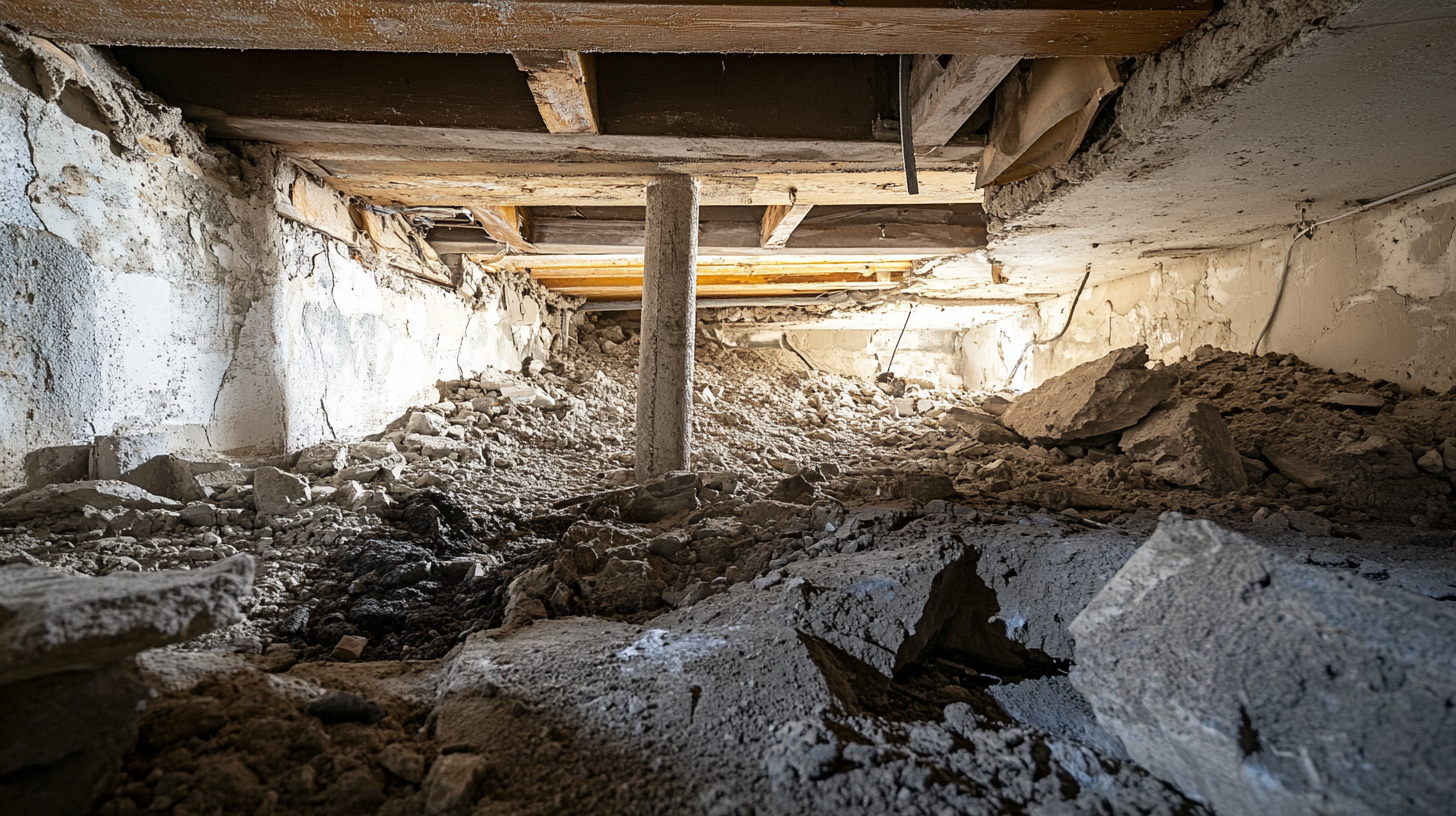
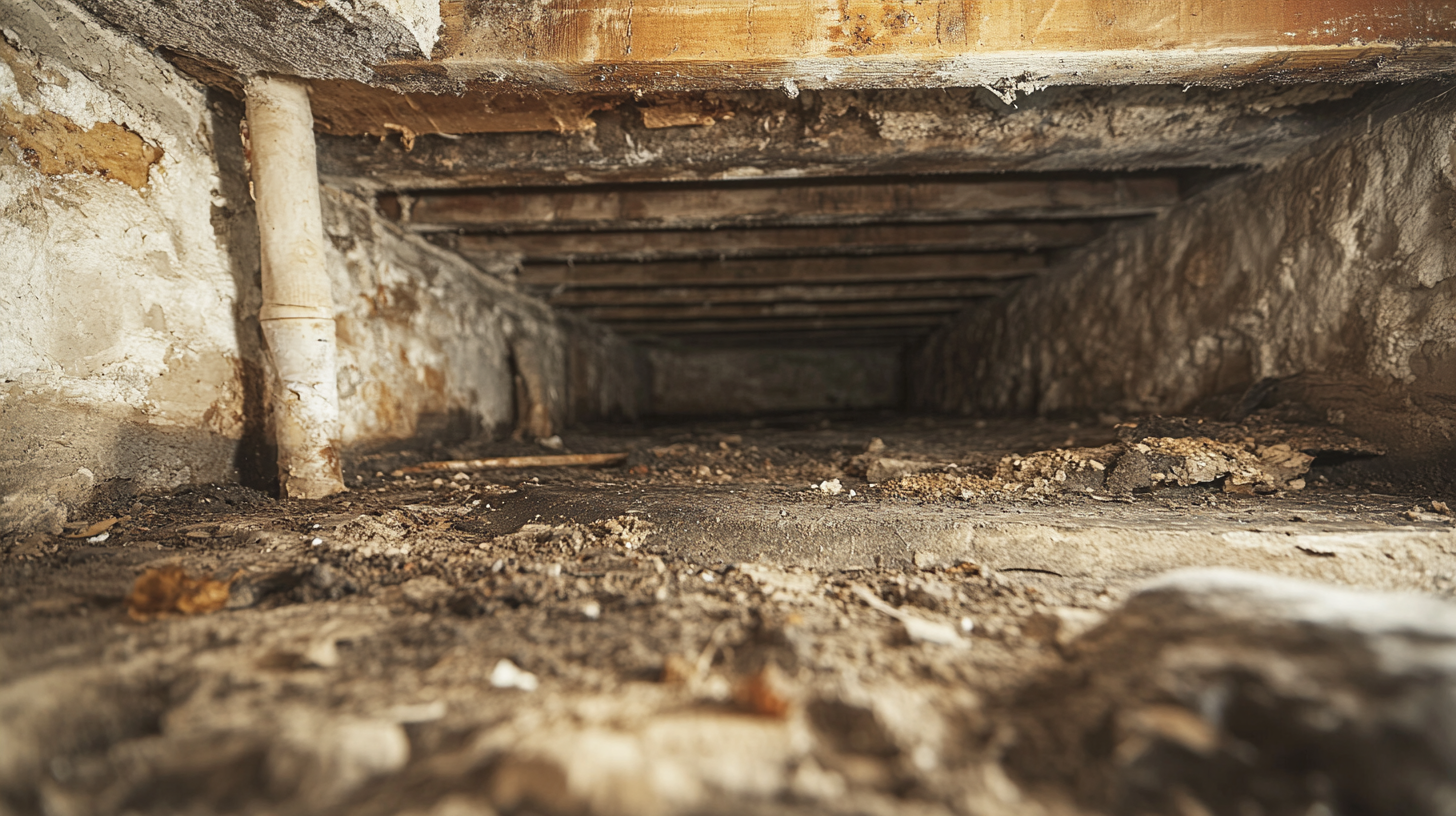
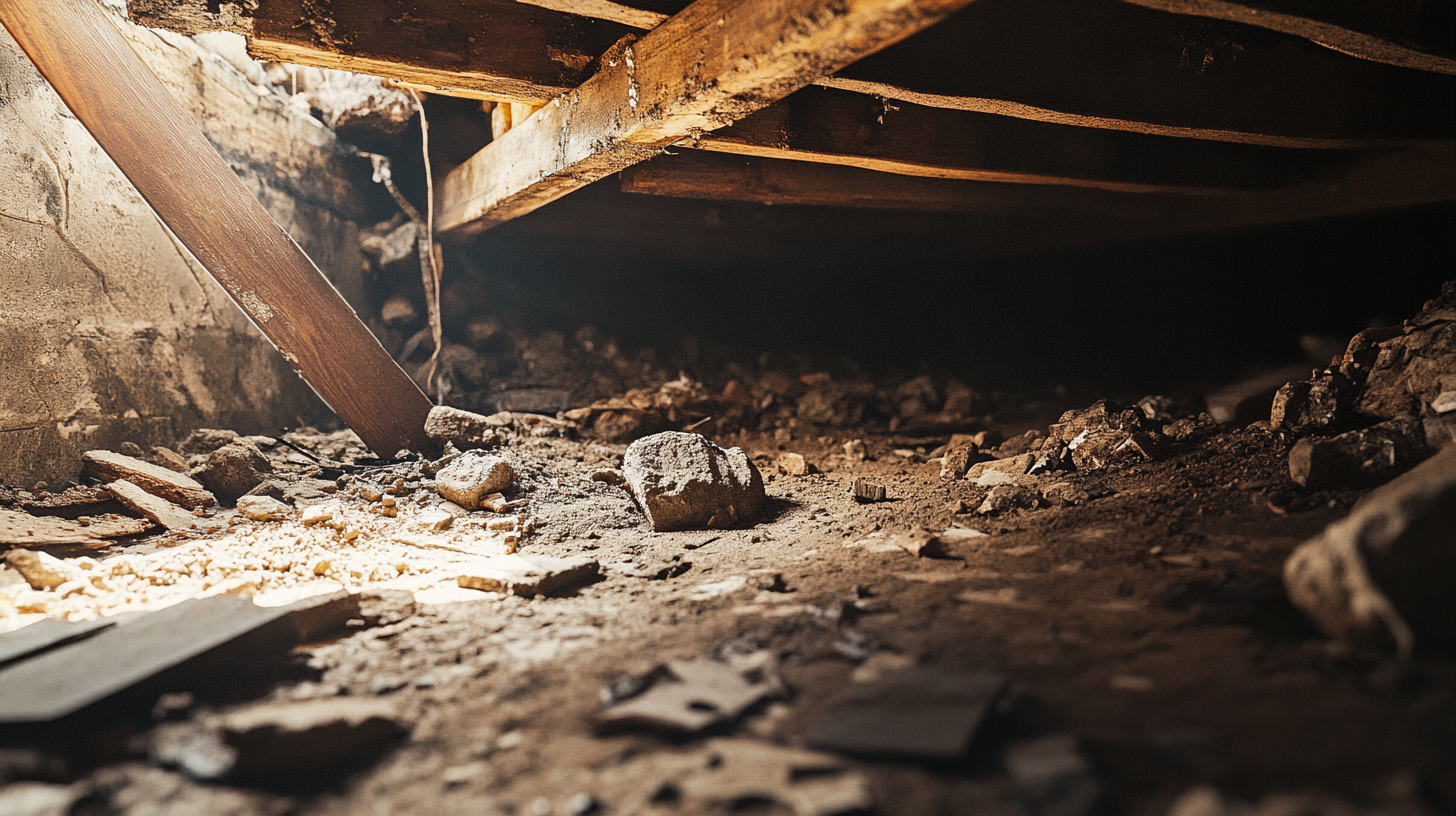
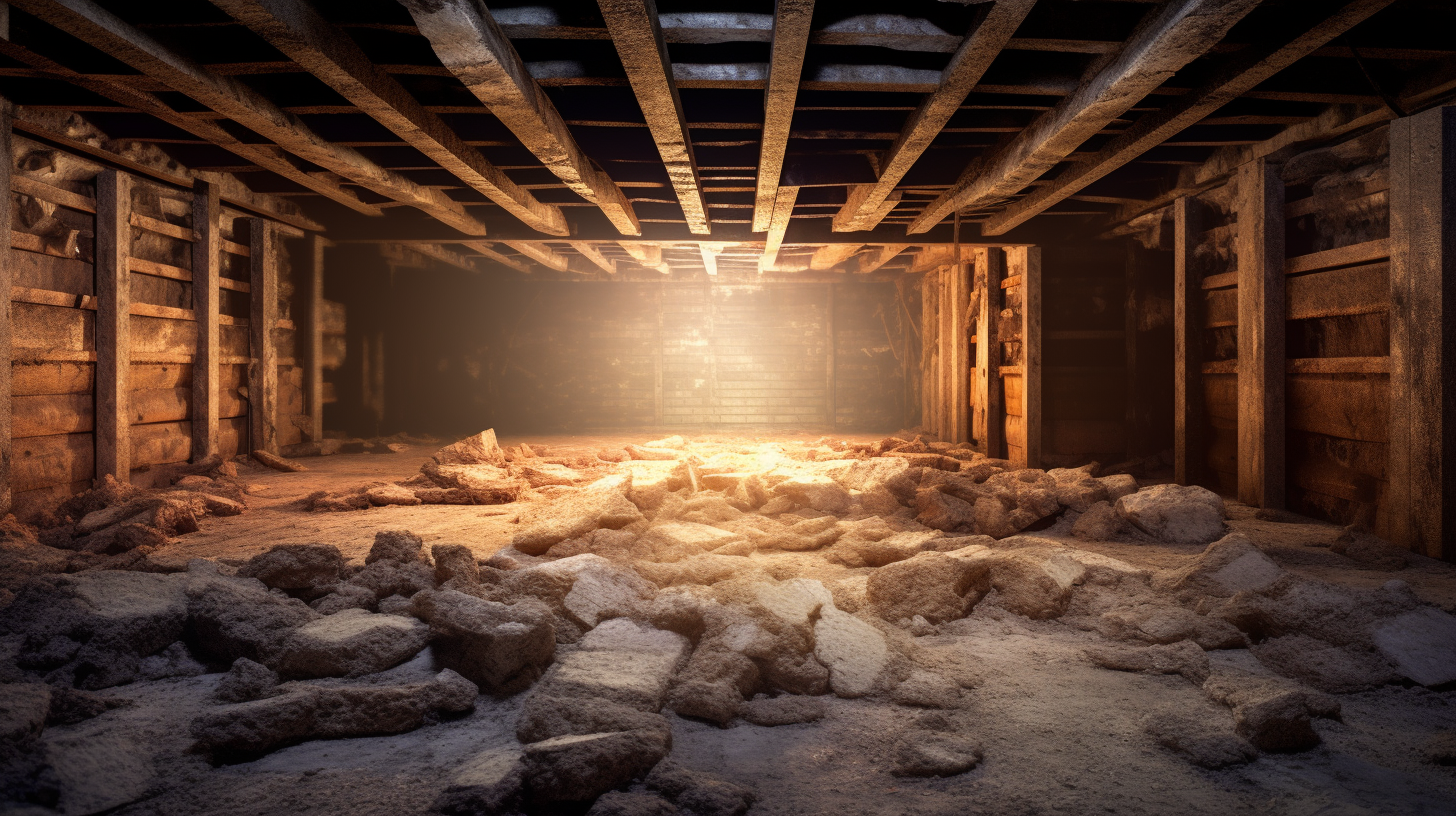
Got a Question? We’re Here to Help.
You can arrange an appointment or make an enquiry by phone or email, orget in touch to us via our contact form.
Looking for a reliable and professional company to take care of your crawl space, basement and gutter needs? Look no further than Trench Guys! We have years of experience in the industry and can provide you with top-quality services at a competitive price. Contact us today to get started!
CONTACT INFORMATION
Phone: 478-236-6403
Email: Wedigmiddlega@gmail.com
Address: Macon, GA
Business Hours:
Mon-Fri: 6:00 AM - 5:00 PM
Sat-Sun: Closed
ADDITIONAL INFORMATION
Us Across The Web
Geo
Neighborhoods
Niche
All Rights Reserved | Trench Guys
Privacy Policy | Terms & Conditions | Sitemap
